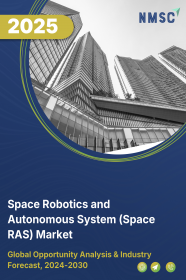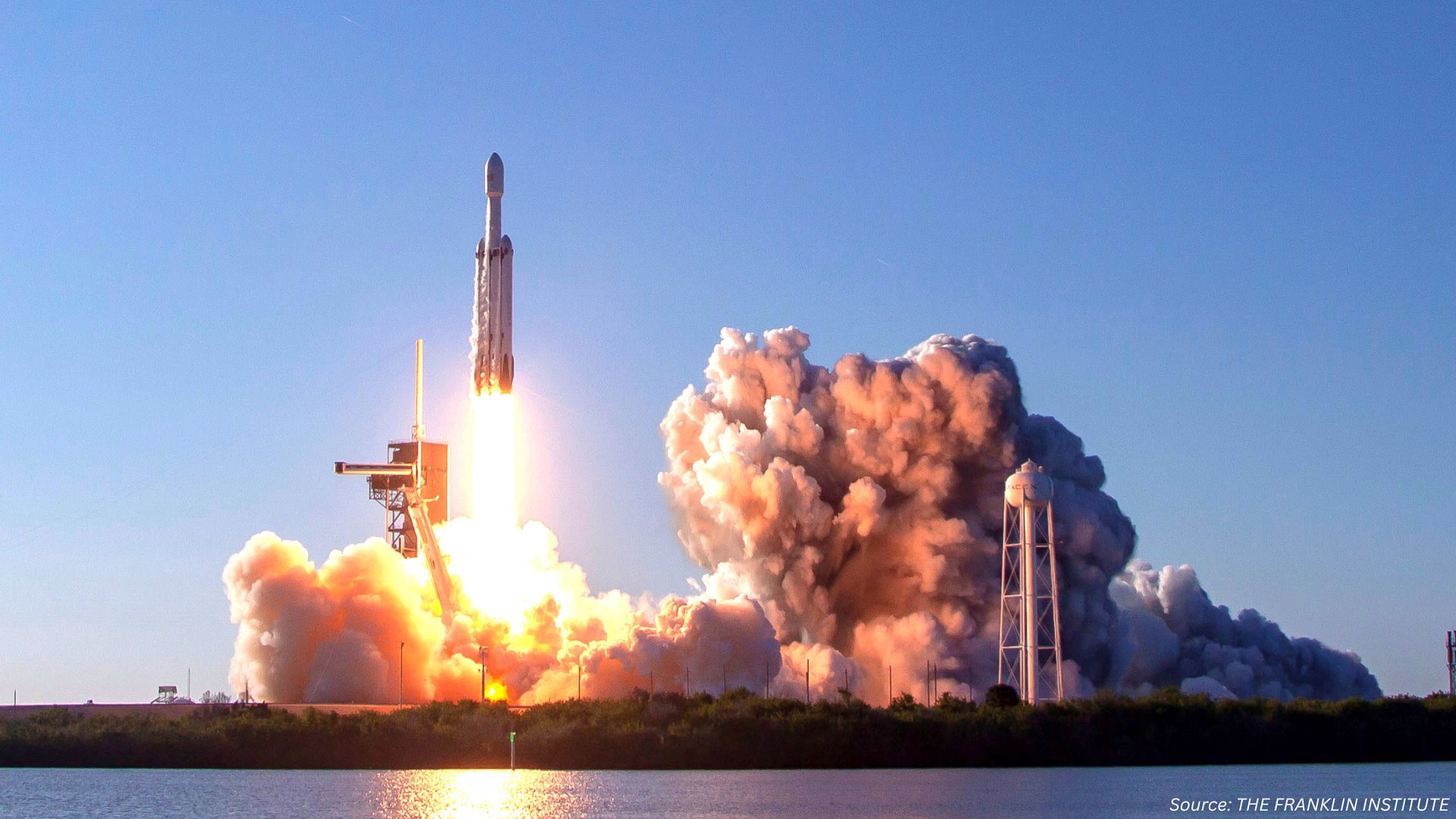
LEO Satellite Mega Constellations Market by Satellite Type (Communication Satellites, Earth Observation Satellites, Navigation Satellites and Others), by Orbit Type (Low Earth Orbit and Geostationary Earth Orbit), By Application (Broadband Internet Services, Earth Observation and Remote Sensing, Global Positioning Systems (GPS), Disaster Monitoring and Management, Military & Defense Communication and Others), and Others- Global Opportunity Analysis and Industry Forecast 2024-2030
Market Definition
The global LEO Satellite Mega Constellations Market size was valued at USD XXX billion in 2023 and is predicted to reach USD XXX billion by 2030 with a CAGR of XX% from 2024-2030. Low Earth Orbit (LEO) satellite mega-constellations refer to vast networks of small satellites orbiting the Earth at low altitudes, typically ranging from approximately 160 to 2,000 kilometers above the surface. These mega-constellations are composed of hundreds or even thousands of small satellites working in concert to provide a variety of services, including global broadband internet coverage, Earth observation, and communication.
Companies such as SpaceX, OneWeb, and Amazon are leading the development and deployment of LEO satellite mega-constellations, aiming to create a web of interconnected satellites that can deliver high-speed internet access to underserved and remote regions around the world. The compact size and lower orbit of these satellites enable more frequent revisits to specific areas, enhancing their efficiency in delivering real-time data and services across various industries.
Market Dynamics and Trends
The increasing demand for high-speed internet access due to the growing number of internet users across the globe is driving the growth of the market. As per the recent report published by the International Telecommunication Union, in 2022, more than 5.3 billion people worldwide were using internet services and this demand is anticipated to grow significantly in the forecasted years.
LEO satellites provide advantages such as lower latency and wider coverage areas while also reducing the cost of deployment and maintenance compared to traditional satellite systems, contributing to the expanding utilization of these satellites.
Also, the use of satellites for several applications such as natural disaster monitoring, urban planning, fisheries management, crop forecasting, and distance learning is contributing significantly to the growth of the LEO mega constellation market. These satellites play a crucial role in diverse industries, providing valuable data for effective disaster response, improved resource management, and enhancing location-based services, boosting the overall growth of the market.
Moreover, with the progressing national ambitions, geostrategic tensions, and economic opportunities such as satellite communications and telemedicine, the demand for highly accurate latency satellites is significantly growing, thereby driving the growth of the LEO satellite mega-constellations market.
As nations aspire to enhance their satellite capabilities for strategic and communication purposes, the demand for precise and rapidly responsive satellite communication has become paramount, fueling the development and deployment of advanced LEO satellite constellations to meet the evolving needs of various industries and sectors. However, strict government regulations and the limited number of orbital slots act as the major factors hampering the growth of the market.
On the contrary, the growing private space launch service agencies along with the advancement of innovative technologies such as reusable rockets reduced the cost of space missions and increased the number of testing probe launches are expected to create ample growth opportunities for the market in the coming years.
Market Segmentations and Scope of the Study
The LEO satellite mega constellations market share is segmented based on satellite type, orbit type, frequency, application, end-user, and region. Based on satellite type, the market is divided into small satellites and medium satellites. Based on orbit types, the market is classified into low earth orbit and geostationary earth orbit. Based on frequency, the market is divided into L-band and S-band.
Based on application, the market is segmented into telecommunication, earth & space observation, scientific research, navigation, and others. Based on end-users, the market is classified into commercial, government & military, and others. Regional breakdown and analysis of each of the aforesaid segments include regions comprising North America, Europe, Asia-Pacific, and RoW.
Geographical Analysis
North America holds the dominant share of the LEO satellite mega-constellations market and is expected to continue its dominance during the forecast period. This is attributed to factors such as the growing space and research projects and the increasing number of satellite launches by countries such as the US and Canada.
According to the Union of Concerned Scientists of the United States of America, the US has launched a total of 3434 satellites in space, out of which, 31 civil, 2992 commercial, 172 government, and 237 military satellites have been launched by the US till 2022. This substantial presence and activity in satellite deployments highlights North America's pivotal role in the LEO satellite mega-constellations market.
Moreover, the presence of key players such as Space Exploration Technologies Corp. (SpaceX), Amazon Inc., and Astranis Space Technologies Corp play a major role in the growth of the low earth orbit satellites market in this region. For instance, in May 2022, Space Exploration Technologies Corp. (SpaceX) launched three Falcon 9 rockets carrying 53 Starlink satellites, a space-based system that brings faster internet access to underserved areas of the world. The Starlink constellation was designed to provide high-speed internet access to underserved regions globally, showcasing the transformative impact of LEO satellites in bridging connectivity gaps.
On the other hand, Asia Pacific is expected to show a steady rise in the growth of the LEO satellite mega-constellations market. This is due to the rapidly growing telecommunications industry and the increasing demand for high-speed internet connectivity, voice services, and data transfer capabilities is driving the growth of the market in this region.
According to the Groupe Speciale Mobile Association, China’s telecommunication industry reached USD 900 billion with around 1.22 billion people using mobile and internet services in 2021. This robust growth in the telecommunications sector drives the LEO satellite mega-constellations market in the Asia Pacific region.
Moreover, the growing space and research investment in the Asia Pacific due to the increasing regional tensions and the need for advanced communication technologies to support military operations and ensure national security is further driving the growth of the market. For instance, in November 2021, China launched a tactical military communications satellite named ChinaSat-1D. The satellite was launched to assist the military and defense of China for fast and effective communication.
Competitive Landscape
Various market players operating in the LEO satellite mega constellations industry include Space Exploration Technologies Corp. (SpaceX), Amazon Inc., SES SA, Astranis Space Technologies Corp., Infostellar Inc., All.Space, Eutelsat OneWeb, Speedcast, Rivada Space Networks, Airbus SAS, and others. These market players are adopting various strategies such as product launches to remain dominant in the LEO satellite mega constellations market.
For instance, in November 2022, Rivada Space Networks announced to launch of a mega constellation of 600 ultra-secured satellites for government and enterprise communications. Through this launch, the company aims to provide ultra-low latency and high-speed communication service.
Moreover, in October 2022, OneWeb completed the launch of 36 satellites bringing their constellation to 462 satellites. Through this mega launch of satellites, the company aims to provide fast and efficient internet and communication connectivity across India.
Furthermore, in April 2022, Amazon Inc. announced to launch of 3,236 Kuiper Satellites for mega-constellation. The company collaborated with three private companies including Arianespace, Blue Origin, and United Launch Alliance (ULA) rockets to conduct a record 83 launches to deploy its low Earth orbit (LEO) satellite system.
Key Benefits
-
The report provides quantitative analysis and estimations of the LEO satellite mega constellations market from 2024 to 2030, which assists in identifying the prevailing market opportunities.
-
The study comprises a deep-dive analysis of the current and future LEO satellite mega constellations market trends to depict prevalent investment pockets in the market.
-
Information related to key drivers, restraints, and opportunities and their impact on the LEO satellite mega constellations market is provided in the report.
-
A competitive analysis of the players, along with their market share is provided in the report.
-
SWOT analysis and Porter's Five Forces model are elaborated in the study.
-
Value chain analysis in the market study provides a clear picture of the roles of stakeholders.
LEO Satellite Mega Constellation Market Key Segments
By Type of Satellite:
-
Communication Satellites
-
Earth Observation Satellites
-
Navigation Satellites
-
Others
By Orbit Type
-
Low Earth Orbit
-
Geostationary Earth Orbit
By Application:
- Broadband Internet Services
-
Earth Observation and Remote Sensing
-
Global Positioning Systems (GPS)
-
Disaster Monitoring and Management
-
Military & Defense Communication
-
Others
By End User:
-
Commercial
-
Government & Defense
-
Others
By Region
-
North America
-
The U.S.
-
Canada
-
Mexico
-
-
Europe
-
The UK
-
Germany
-
France
-
Italy
-
Spain
-
Denmark
-
Netherlands
-
Finland
-
Sweden
-
Norway
-
Russia
-
Rest of Europe
-
-
Asia Pacific
-
China
-
Japan
-
India
-
South Korea
-
Australia
-
Indonesia
-
Singapore
-
Taiwan
-
Thailand
-
Rest of Asia Pacific
-
-
RoW
-
Latin America
-
Middle East
-
Africa
-
Key Market Players:
-
Space Exploration Technologies Corp. (SpaceX)
-
Amazon Inc.
-
SES SA
-
Astranis Space Technologies Corp.
-
Infostellar Inc.
-
All.Space
-
Eutelsat OneWeb
-
Speedcast
-
Rivada Space Networks
-
Airbus SAS
REPORT SCOPE AND SEGMENTATION:
|
Parameters |
Details |
|
Market Size in 2023 |
USD XXX Billion |
|
Revenue Forecast in 2030 |
USD XXX Billion |
|
Growth Rate |
CAGR of XX% from 2024 to 2030 |
|
Analysis Period |
2023–2030 |
|
Base Year Considered |
2023 |
|
Forecast Period |
2024–2030 |
|
Market Size Estimation |
Billion (USD) |
|
Growth Factors |
|
|
Countries Covered |
28 |
|
Companies Profiled |
10 |
|
Market Share |
Available for 10 companies |
|
Customization Scope |
Free customization (equivalent up to 80 working hours of analysts) after purchase. Addition or alteration to country, regional, and segment scope. |
|
Pricing and Purchase Options |
Avail customized purchase options to meet your exact research needs. |

















 Speak to Our Analyst
Speak to Our Analyst
























